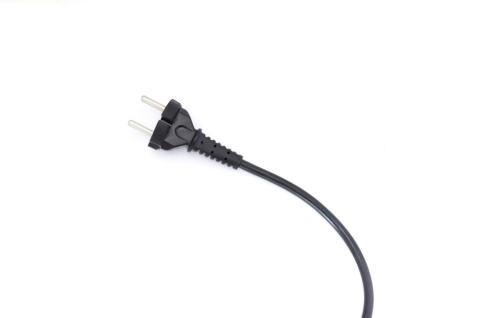GON Reader
Question
What is the best way to store fruits and veggies in the fridge?
"Love all your helpful tips! Could you tell me the best way to store fruits and veggies in the fridge? I know some are not happy sharing the same space in produce drawers. I want to keep them as fresh and happy as possible if they aren't used immediately after purchase (or harvested from the garden).
Blessings."
-- Carol Lunsford
Response from Maria
Hi Carol,
This is a good question. None of us wants to be wasteful, especially with today’s rising food prices.
As you
know, not all produce can simply be tossed in the refrigerator together. Some do not play well with each other.
A general rule of thumb is to store fruit and vegetables separately. Some fruit, especially apples and bananas, produce a lot of ethylene gas, which can cause other
produce to ripen faster. Many vegetables are ethylene-sensitive.
Most refrigerators have at least two drawers for produce storage. These drawers are usually adjustable for humidity to help keep the right amount of moisture in to maintain freshness longer.
High-humidity drawers trap moisture to help keep foods crisp. Generally, it is best to store vegetables at a higher humidity than fruit. Store herbs in this drawer too.
It is generally best to set your fruit drawers to low humidity. Low-humidity drawers allow moisture and air to flow more freely. (That pesky ethylene gas is allowed to flow and dissipate) Most fruit, especially those which go bad more quickly, are happier in a low-humidity drawer.
Be aware that overpacking your crisper drawers can interfere with airflow. If you notice things are freezing in your crisper drawers and your refrigerator temperature settings are correct, it could be that overfilled crisper drawers are blocking airflow.
It is generally better to keep fruit in its original packaging or in a loosely closed plastic bag. Don’t wash until you are ready to use it, especially berries, as any drops of water left can contribute to mold growth. (Some sources recommend washing berries in a vinegar/water solution and drying them thoroughly for storage. This may work well; it just seems like more trouble than it is worth to me. It’s easy to wash them
just before eating.)
There are some fruits and vegetables that should not be stored in the refrigerator at all. And some that can start off on the counter but should move to the fridge if not used within a week or two.
Produce that can go on the counter and then move to the refrigerator, if not used, include pears and citrus fruit, mangos, and pineapples. Peaches and nectarines can live on the counter briefly as well. Avocados too, depending on their state of ripeness. Whole melons are okay at room temperature, but refrigerate slices.
The following should be stored at room temperature:
Onions, garlic, shallots (But scallions go in the
refrigerator). Store them in a mesh bag or basket where they get air.
Potatoes and sweet potatoes should be stored at room temperature, in the dark, not in plastic bags, and never with onions. (Onions release ethylene gas, making potatoes sprout sooner)
Tomatoes are best stored at room temperature too. If you get desperate because they are getting soft, you can put them in the fridge for a day or so.
I hope this helps, Carol Have a great day!












